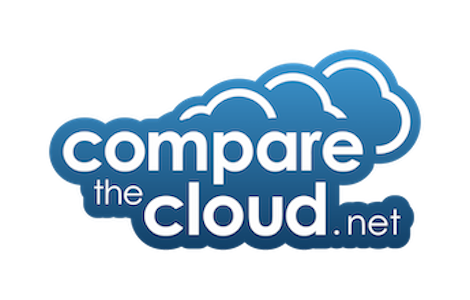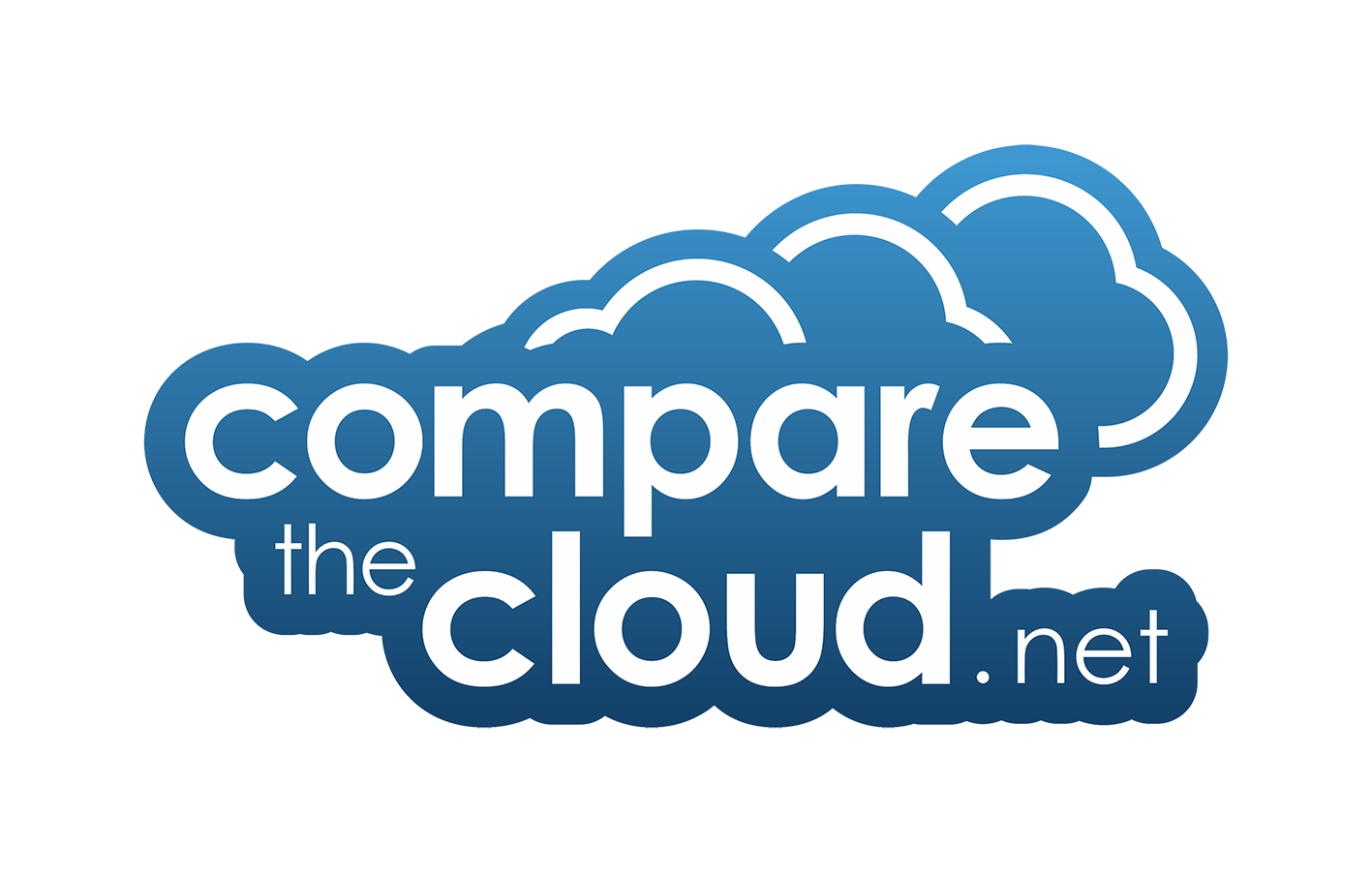57Today, businesses increasingly want the flexibility to respond to new opportunities quickly and are turning towards the cloud to achieve this – with IDC expecting spending on public cloud services to surpass $141 billion by 2019. The cloud has been heralded as a way for companies to not only increase agility but also to reduce expenditure, by replacing the traditional costs of IT, such as staff and hardware, with utility costs often based on consumption.
However, as there are a multitude of cloud vendors and services to choose from, with some different payment models – for example, on a subscription or pay per use basis – it can be a challenge to calculate which solution is the most cost-effective. According to 451 Research, only 64% of providers publish their prices online, so businesses, “have to manually engage and negotiate with over one-third of providers to get a complete view of the market”. While the rationale behind the transition to cloud computing is well grounded, selecting the right cloud service to suit a business’ needs can be a barrier to adoption.
Buy cheap, buy twice…or three times, or four times
When selecting a service, businesses need to ensure value for money to realise the cost savings that cloud promises. One way to control these costs is through purchasing a cloud subscription and paying ‘upfront’. However, there can be a risk with this model that organisations could end up paying for services they no longer use – if they fail to monitor the consumption of the services they subscribe to. Alternatively, an organisation can opt for a pay-per-use option; the risk here is that consumption may quickly overrun forecasts and blow the budget. When choosing a cloud service, it’s important not to simply pick the cheapest solution on offer, as these rarely work out the best value in the long run. For example, the ‘cheapest’ cloud services are usually tied to fixed long-term contracts that restrict the very flexibility businesses moved into the cloud to achieve.
It’s also crucial that any cloud purchasing decision is made centrally and in line with business objectives – whether that’s reduced costs, increased flexibility or a mixture of both. If purchasing decisions are not centrally controlled, a company may end up with duplicated services in several clouds. To avoid this pitfall, companies should conduct an assessment of shadow IT to identify which unapproved cloud services and applications that have been purchased outside of IT controls are already in use. Ultimately, organisations must ensure they have complete visibility of all services they use to manage cloud effectively, control costs and reduce security vulnerabilities.
[easy-tweet tweet=”Modern dashboard solutions can display current cloud usage as well as costs” hashtags=”Cloud, Technology”]
Control the cloud to avoid a storm
Post-implementation of a cloud service or product, tracking consumption and costs across multiple cloud environments is crucial to ensure projects don’t run over budget – especially with the growing diversity of cloud environments. The best way to keep tabs on numerous clouds is through the adoption of a centralised dashboard, which integrates consumption data from different cloud providers. Modern dashboard solutions can display current cloud usage as well as costs, and deliver notifications in real-time when parameters are reached – helping organisations keep a real-time picture of their cloud environment.
To optimise cloud projects and achieve the desired business results at the best cost, companies need to regularly review the cloud market to ensure workloads are placed with the best supplier. This underlines the importance of a dashboard, as it enables companies to assess whether consumption and cost remain in line with forecasts, so budget or workloads can be adjusted. This ability to analyse cloud usage and cost enables businesses to anticipate and identify trends within its consumption, and optimise according. Ensuring, for example, applications that are not being used are dropped; or moving a workload back to an on-premise environment if cloud usage and cost has wildly exceeded expectations.
For organisations to realise the benefits of cloud computing, the selection and management of cloud must be approached in the right way. If companies choose a cloud that isn’t fit for purpose, businesses won’t achieve what they set out to. Similarly, if businesses fail to manage their cloud environments, costs can easily spiral out of control – which nullifies any savings the company sought to gain. This underlines the importance of a centralised dashboard which provides visibility of both cloud costs and cloud usage – to ensure that business can get a grip on cloud costs both now, and in the future.
Alex Dalglish is UK Services Director at COMPAREX UK, an IT, cloud, and security services provider and software license management company. With over 18 years experience in technical sales, solutions and services, Alex uses his experience to ensure that all organisations who choose to work with COMPAREX UK are met.



